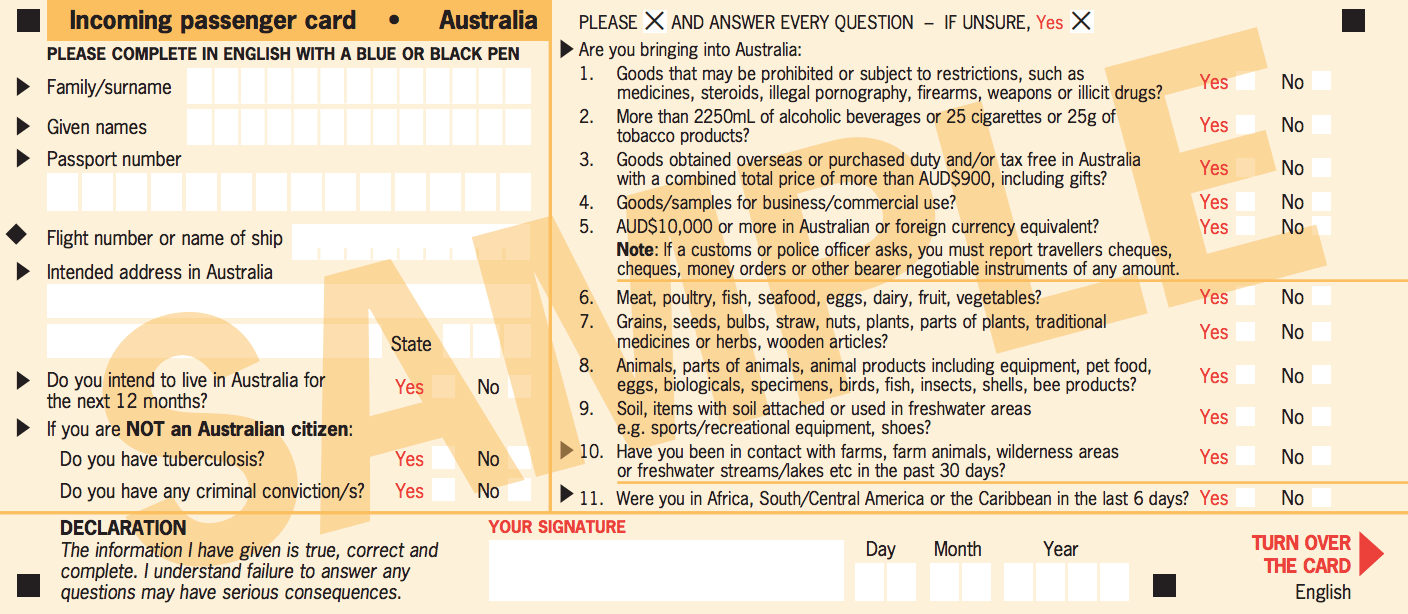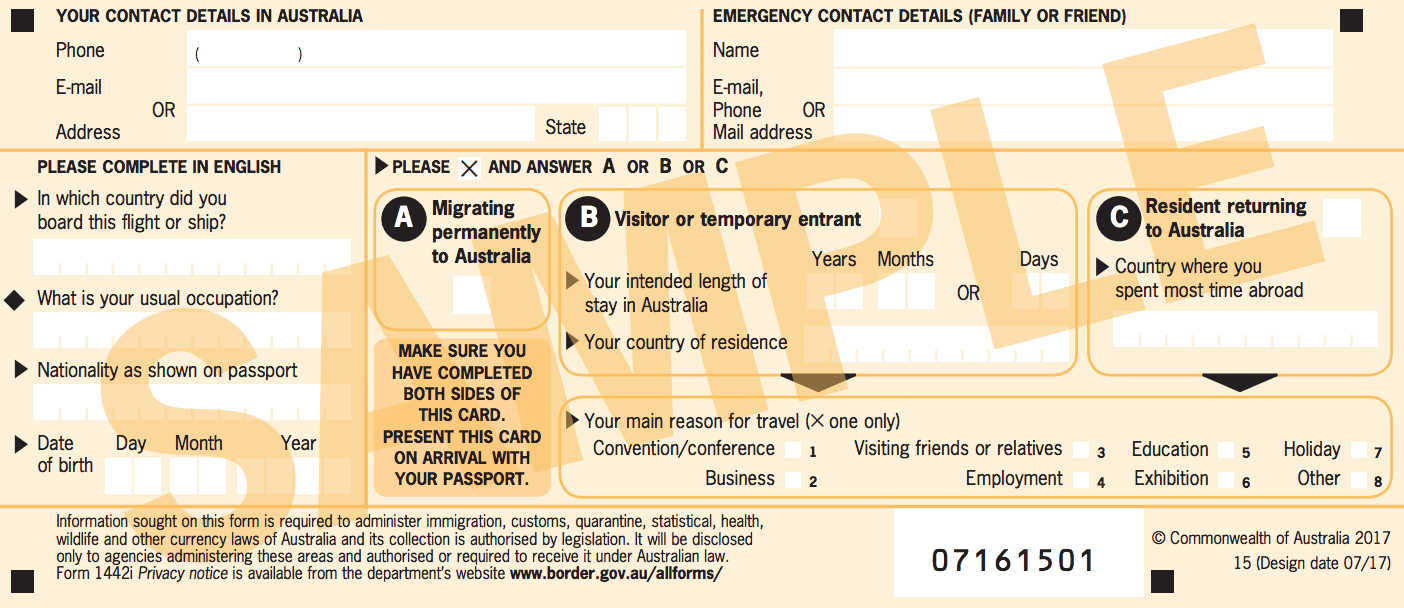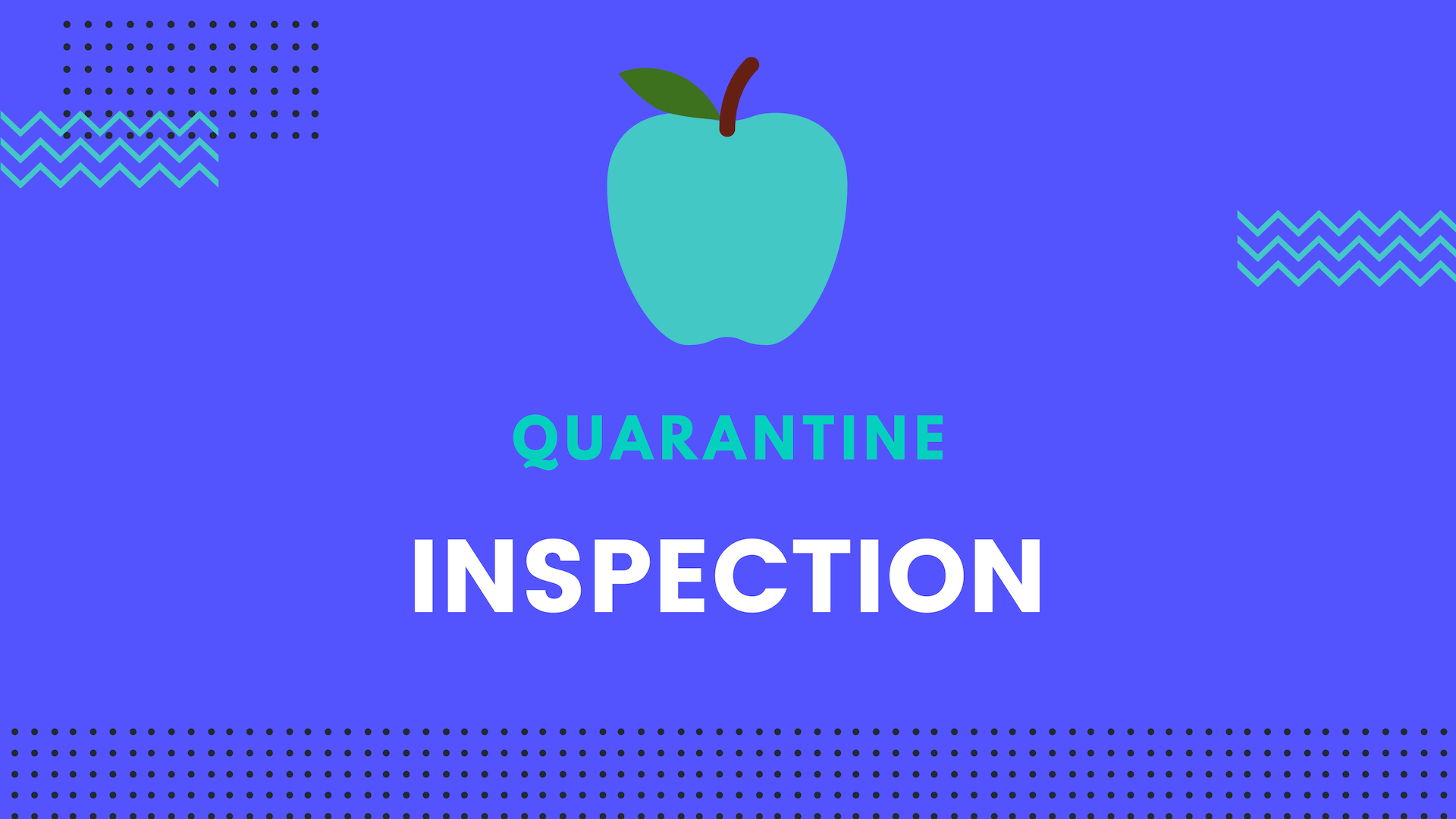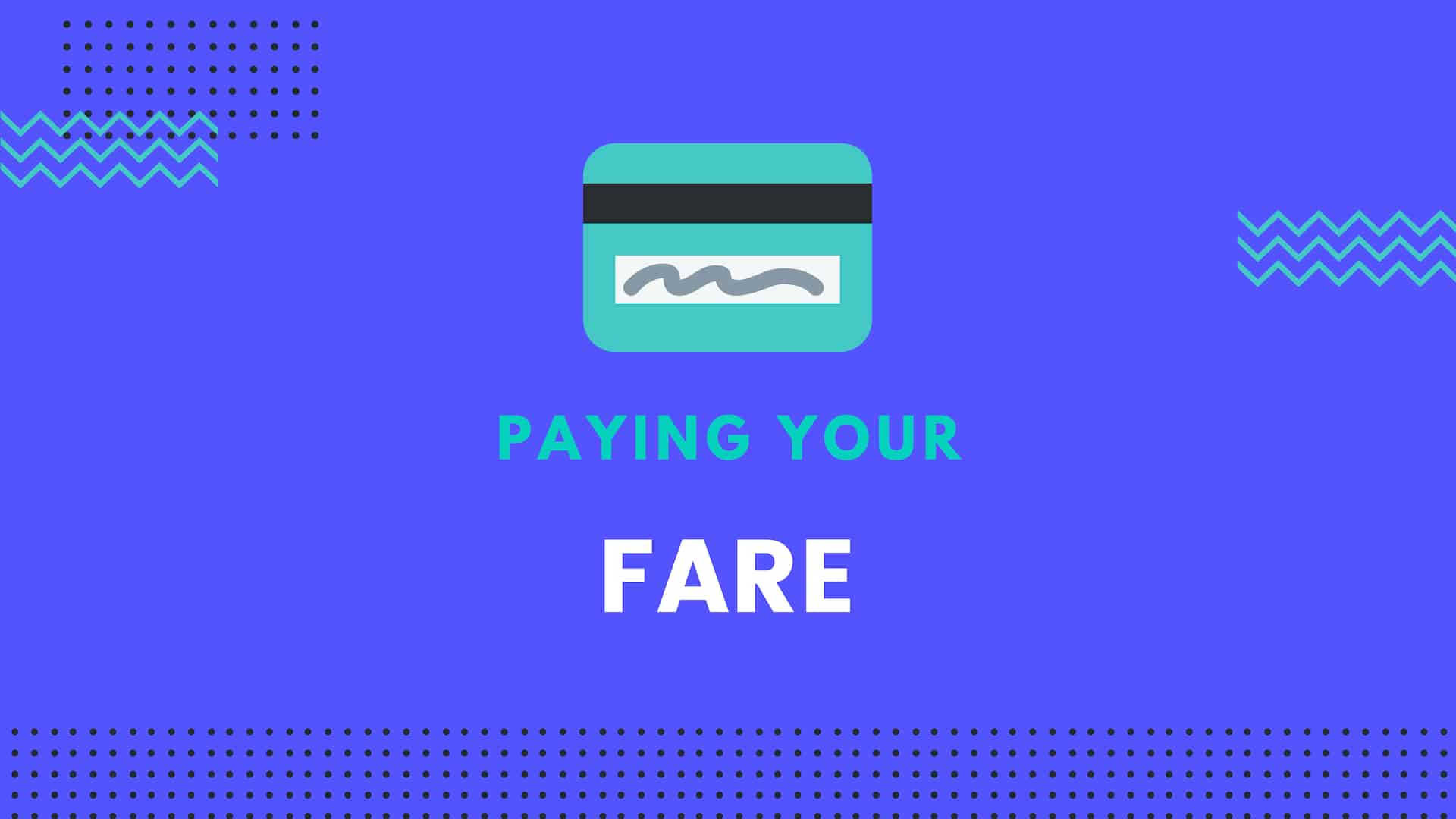How to Become a Pharmacist in Australia With Salary Guide

Do you have a great passion for science? Do you have an interest in the healthcare industry with a strong drive to save lives?
If the answer is Yes, then becoming a Pharmacist could be the perfect career fit for you.
Pharmacy is actually one of the most crucial aspects of the healthcare industry.
As a pharmacist, you would help people manage their health, give them appropriate and timely advice, and ensure they receive the proper healthcare they need.
In this article, we will show the steps on how to become a Pharmacist in Australia.
Size of the Industry
There are over 35,800 pharmacists in the Australian workforce.
The data from Labour Market Insight shows a positive growth projection of 9% by 2026. Pharmacy is considered a stable and dependable career path to go into.
With a growing number of drugs being created, prescribed, sold and recreated, there is no doubt that in many parts of Australia the number of pharmacists needed will increase.
Popular Locations
About 70% of pharmacists live in capital cities and New South Wales has the largest share of resident pharmacists amongst other regions.
Here below is the percentage of pharmacists in different areas of Australia by state and territory:
- New South Wales 29.3%
- Queensland 20.3%
- Victoria 26.8%
- Western Australia 10.8%
- South Australia 7.9%
- Tasmania 2.4%
- Australian Capital Territory 1.8%
- Northern Territory 0.7%
Industries Where Pharmacists Work
The Retail Trade industry is the major work industry for pharmacists with 70.3% working in this industry alone. In this industry, pharmacists sell drugs after diagnosing patients or based on doctors recommendations.
Health Care and Social Assistance industry makes up 21.9% of pharmacists employed in Australia.
Manufacturing industry and Professional, Scientific and Technical Services industry make up the remaining 4.9% of the pharmacists’ population.
Hours of work
In Australia, around 68% of all pharmacists in Australia work full-time hours in all their jobs combined.
Full-time workers work an average of 43 hours per week in their primary job. This is 1 hour short of the working hours average for all jobs in Australia (44 hours per week).
Age
The average age of pharmacists in the Australian workforce is 34 years, which is younger than the all-jobs average of 40 years.
A large share of workers (40%) are within the age bracket of (25 to 34) years.
Gender
Having over 35,800 pharmacists in Australia, females account for 62% of the entire workforce, while males account for the remaining 38%.

What are some of the skills required to become a Pharmacist in Australia?
The job of a pharmacist is very delicate as it has a direct impact on the well-being of people. To become an accredited pharmacist there are certain skills you must possess.
Some of these skills are:
- Must be Meticulous
- Knowledge of pharmacology
- Excellent communication skills
- Customer service skills
- Problem-solving skills
- Ability to understand and interpret prescriptions
- Time management skills
- Decision-making skills
- Ability to identify potential drug interactions
- Computer literacy
- Ability to work under pressure
- Teamwork and collaboration
- Ability to educate patients on medication use
- Knowledge of healthcare laws and regulations
- Research and analytical skills
- Ability to manage inventory
What are the tasks and duties of a Pharmacist in Australia?
Pharmacists are responsible for ensuring the safe and proper use of medication by patients.
Pharmacists work in a range of industries, but generally, they all have similar tasks and duties.
Here are some of the key tasks and duties of a Pharmacist in Australia:
- Dispensing medications to patients following prescriptions from a medical professional.
- Providing proper advice and recommendations on the safe and effective use of medications.
- Collaborating with other healthcare professionals to ensure the efficient and effective treatment of patients.
- Monitoring patients for adverse drug reactions and medication interactions
- Maintaining accurate data records of patient medication histories and drug interactions
- Educating patients on the proper use and storage of medications
- Ordering, receiving and managing medication inventory
- Administering vaccinations and conducting health checks
- Providing advice on over-the-counter medications and supplements
- Ensuring compliance with pharmacy laws, regulations and professional standards
- Providing medication information and counselling to healthcare professionals
- Keeping up-to-date with the latest developments in pharmacology and medication therapy.
- Conducting pharmaceutical-related research to improve standards and techniques of medical approach.
- Testing and analysing drug contents, the safety of its chemical interaction with the human body and developing them to standard.
How much do Pharmacists earn in Australia?
As per the government data, Pharmacists in Australia earn an average of up to $1980 per week or $52 per hour depending on several factors.
This is higher than the average salary of $1593 for all other jobs in Australia.
The average annual salary of the pharmacist based on the above numbers is around $102,000.
Essential steps to becoming a Pharmacist in Australia
Due to the significance of this career, there are some very strict procedures you are required to go through before you can become a pharmacist.
Here are the step-by-step processes necessary on how to become a pharmacist in Australia:
Step 1: Complete a Pharmacy Degree
The first step in becoming a pharmacist in Australia is to complete a pharmacy degree from a recognised Australian university.
There are several options available for pharmacy degrees, including Bachelor of Pharmacy, Master of Pharmacy, and Doctor of Pharmacy.
The Bachelor of Pharmacy is a four-year undergraduate degree, while the Master of Pharmacy is a two-year postgraduate degree. The Doctorate degree in Pharmacy is a four-year program.
- Bachelor of Pharmacy (BPharm)
To become a registered pharmacist in Australia, you need to complete at least a Bachelor of Pharmacy (BPharm) degree. The BPharm degree is a four-year program that is offered at various universities in Australia.
To be eligible for admission to the BPharm program, you need to have:
- Completed year 12 or equivalent.
- Meet the university’s English language proficiency requirements. Test such as IELTS or TOEFL
- Valid Passports
- Student Visa
The cost of studying for a BPharm degree in Australia varies depending on the university you choose to attend.
The estimated cost of a BPharm degree for international students in Australia ranges from AUD 30,000 to AUD 50,000 per year.
However, some universities offer scholarships and financial aid programs to international students to help with the cost of tuition fees.
- Master of Pharmacy (MPharm)
The Master of Pharmacy (MPharm) is a two-year program designed for graduates who have completed a Bachelor of Pharmacy or equivalent degree.
The MPharm program is designed to provide advanced training in pharmacy practice, clinical pharmacy, and pharmacy research. The MPharm degree is a requirement for international students who wish to practice as pharmacists in Australia.
To be eligible to further in MPharm program, you need to;
- Meet the university’s English language proficiency requirements. Test such as IELTS or TOEFL
- Have Valid Passports
- Have Student Visa.
- Outstanding CGPA of 4.0-5.0
- Relevant work experience.
The cost of studying for an MPharm degree in Australia also varies depending on the university you choose to attend.
As of 2023, the estimated cost of an MPharm degree for international students in Australia ranges from AUD 40,000 to AUD 120,000 per year.
- Doctor of Philosophy PhD – Pharmacy
The Doctorate in Pharmacy is a four-year full-time program designed for graduates who have completed a Master’s degree in Pharmacy or equivalent degree.
The cost of studying for a Doctrate degree in Australia also equally varies depending on the university you choose to attend.
As of 2023, the estimated cost of a doctorate degree for international students in Australia ranges from AUD 40,000 to AUD 60,000 per year.
Please note that only a handful of universities like Monash and Curtin offer this course.
Most pharmacy degrees include coursework in subjects such as pharmacology, medicinal chemistry, pharmaceutics, and pharmacy practice. Students also complete clinical placements in hospitals and community pharmacies, gaining practical experience in the field.
Step 2: Complete Supervised Practical Training
After completing a pharmacy degree, graduates are required to complete a period of supervised practical training. This training is typically undertaken through an internship program, which lasts for one year.
During the internship, the intern works under the supervision of a registered pharmacist and gains practical experience in dispensing medications, providing patient counseling, and managing medication-related problems.
Step 3: Register with the Pharmacy Board of Australia
To practice as a pharmacist in Australia, graduates must be registered with the Pharmacy Board of Australia. The board is responsible for regulating the pharmacy profession in Australia and ensuring that pharmacists meet the required standards of practice.
To register with the board, graduates must complete an application form and provide evidence of their qualifications, including their pharmacy degree and internship completion.
They must also pass the board’s registration examination, which assesses their knowledge and skills in pharmacy practice.
The annual fee for registering can be up to $2000 depending on many factors.
Step 4: Obtain A License To Practice
After registering with the Pharmacy Board of Australia, pharmacists must obtain a license to practice from the relevant state or territory pharmacy regulatory authority.
The authority is responsible for regulating pharmacy practice in the state or territory and ensuring that pharmacists meet the required standards of practice.
To obtain a license, pharmacists must provide evidence of their registration with the Pharmacy Board of Australia and complete any additional requirements, such as continuing professional development (CPD) activities.
Step 5: Get a Professional Indemnity Insurance
It is important that Pharmacists must be covered by professional indemnity insurance (either their own or provided by their employers) to meet the required registration standard.
Step 6: Maintain Registration and License
To maintain registration with the Pharmacy Board of Australia and license with the relevant state or territory pharmacy regulatory authority, pharmacists must meet the required standards of practice and participate in ongoing CPD activities.
This includes attending training courses, workshops, and conferences, and undertaking self-directed learning activities.
Pharmacists must also adhere to the professional standards set out in the Pharmacy Board of Australia’s Code of Conduct and Guidelines for Pharmacists.
These standards include providing safe and effective pharmacy practice, maintaining patient confidentiality, and maintaining professional relationships with patients and other healthcare professionals.
What are some of the popular institutions to study Pharmacy in Australia?
Here are some of the popular universities that offer Pharmacy courses for studying in Australia:
- Monash University
- The University of Sydney
- The University of Western Australia
- The University of Queensland
- Curtin University
- RMIT University
- Griffith University
- The University of Tasmania
- The University of Canberra
- Charles Sturt University
- University of Technology Sydney
- The University of South Australia
Career Opportunities for Pharmacists in Australia
There are a large variety of opportunities for pharmacists in Australia. Some of these opportunities are:
- Hospital pharmacist
- Emergency department pharmacist
- Quality pharmacist
- Clinical trial pharmacist
- Operational pharmacist
- Research scientist
- Pharmacist manager
- Oncology pharmacist
- Consultant Pharmacist
Future growth of Pharmacists in Australia
Are the Pharmacists in Demand in Australia?
The government data says so as it is projecting a 9% growth in this industry by 2026.
Various factors, including the aging population, retail growth, advances in technology, healthcare policies etc. help to make the profession as a Pharmacist more relevant than ever before.
Additionally, the pandemic has caused a sharp rise in the demand for jobs in the medical industry. Today, both in Australia and around the globe, there is a huge demand for pharmacists.
It is fair to say that drugs and pharmacists will still have a great impact on the medical and healthcare field in the future.
We hope that this guide helped you understand the important process of how to become a pharmacist in Australia.
If you want to know about other careers in Australia, then we suggest check our blog page and filter the pages by Career Guide



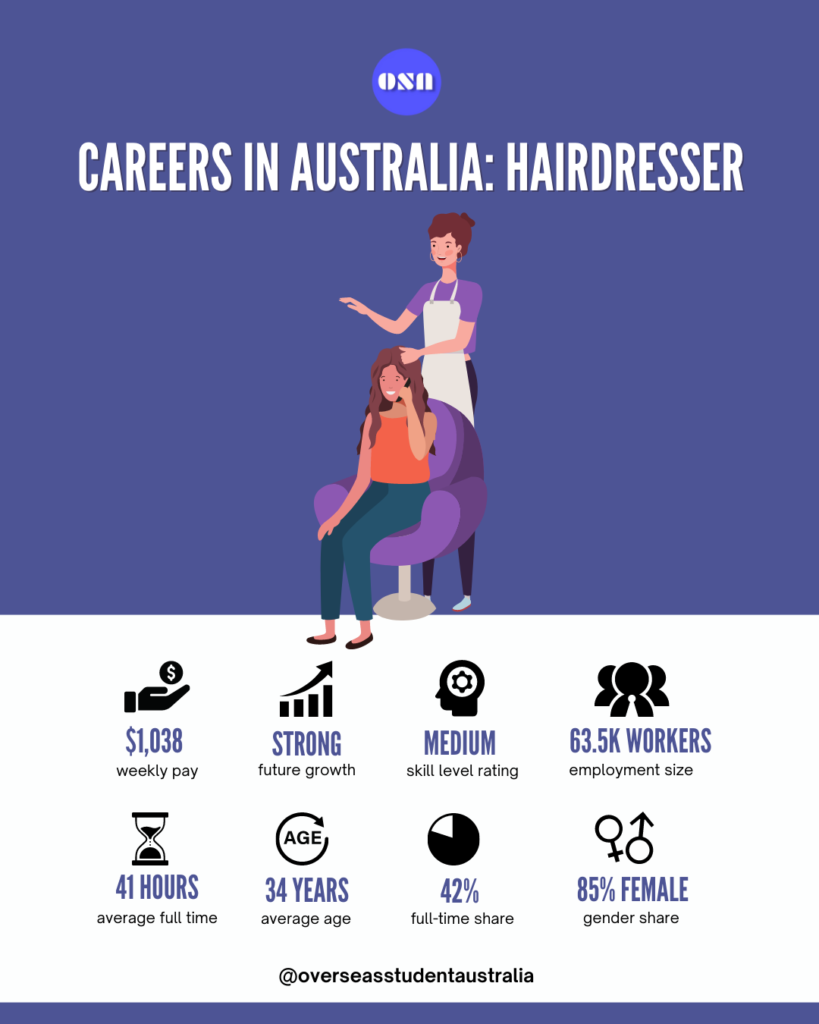











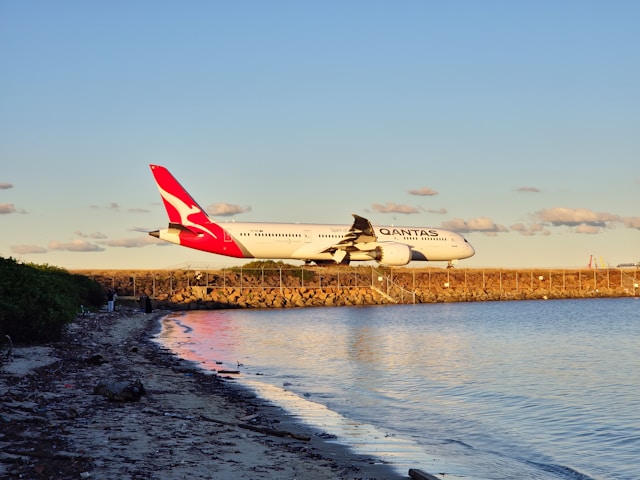
 It is indeed a very exciting time when you are going to land in Australia for the first time. So your visa has been approved, you have booked your flights, you have boarded the plane to Australia but what happens when you land in Australia? What are the things you should be mindful of when coming to Australia for the very first time as an international student?
It is indeed a very exciting time when you are going to land in Australia for the first time. So your visa has been approved, you have booked your flights, you have boarded the plane to Australia but what happens when you land in Australia? What are the things you should be mindful of when coming to Australia for the very first time as an international student?
